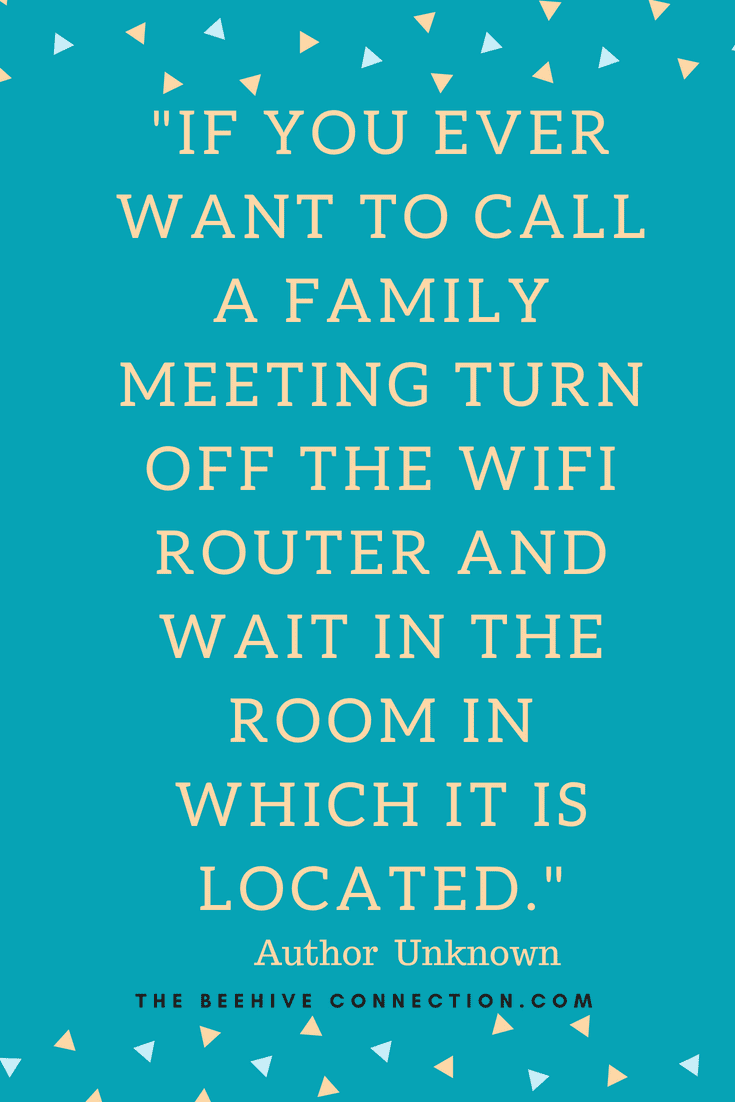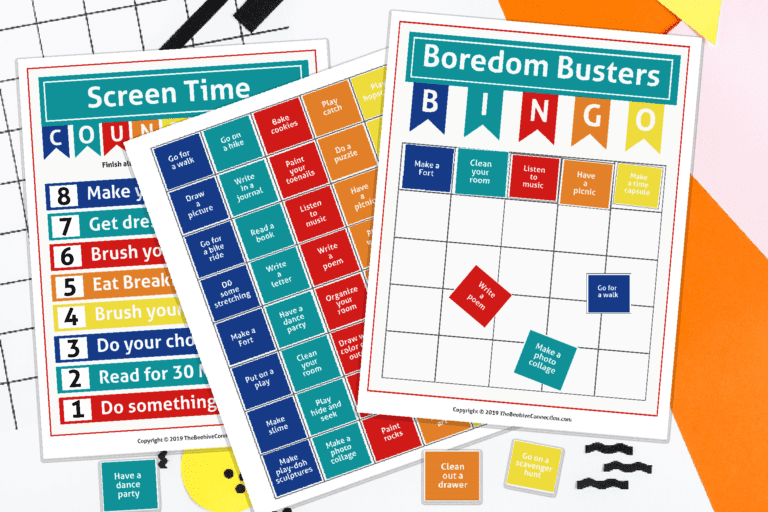10 Steps To Successful Family Meetings
Disclosure: This post may contain affiliate links, meaning I may get a small commission if you decide to make a purchase through my links, at no cost to you.

10 Steps to a Having Successful Family Meetings
So you think you might want to try having successful family meetings, or maybe you have had them but it has been when there were only 1 of you in a family. Chances are if you have kids and are reading this, then your family meetings went about as well as they did in the picture below. Believe it or not, weekly family meetings are a great way to bring the family closer together. Successful family meetings help members know what is going on in the lives of each other.
With successful family meetings, each member has a voice in resolving family issues, planning activities, and celebrating the success of each other. If you don’t want your family meetings to look like this picture below, then keep reading.

Successful family meetings are meant to be fun AND productive. Sometimes these meetings can be as short as 15 minutes long and other times it may take over an hour. It all depends on the size of your family, the needs of parents and children, and what needs to be discussed.
Here are some steps to running successful family meetings.
1. Hold Them Every Week. Designate a certain day for a family meeting. Most families have Sundays off from work and school and so this may be a great time to get together. This may sound crazy, but it may be necessary to have a meeting to decide when you will hold your meeting. It doesn’t matter where you have your meeting….just have it.
2. Open the Meeting. If you want to hold a family meeting, keep in mind that you may only be able to get everyone to peel away from their phones by unplugging the WiFi router and waiting in the room where the unplugging took place.
Once you have everyone there, someone gets to open the meeting. We usually give this opportunity to the head of the household, whoever that may be. In most cases, it is the dad, but we know that not all households have dads. The family can decide who is will open the meeting. This person follows the agenda and keeps the meeting running smoothly and under control. You can download the Family Meeting Agenda on this page.

3. Successful Family Meetings Have a Note Taker. (Takes the minutes) The note taker writes down assignments, family goals, and anything that requires a followup conversation at next week’s meeting. You can write this down in our FREE Family Meeting Agenda Printable that you can download on this page. The note taker may be anyone who is proficient in writing and spelling. OK that may be a stretch. As long as the family can read what the note taker writes, then you are good to go. Perhaps your family can take turns being the note taker. It is an important job and will improve listening and writing skills. Good note taking will help anyone throughout his or her life.
4. Follow up. This can be assigned to anyone or done by the head of the household. The follow up involves going over things the note taker wrote down from last weeks meeting. For example, were there any assignments given last week? Did you make plans to save a certain amount of money by this meeting? If you haven’t had your first meeting yet, then you can skip this part for now.
5. Highs and Lows. This may take a little nudge, but it is a great opportunity for each member of the family to share the good things that happened during the week and the horrible things that happened. If a person shares a low, they must share a high as well. For example, did someone get up on time every day this week? Did anyone lose a tooth? Did someone get a home run at the baseball game? Highs and low can also be theme based. For example, focus the highs and lows on the first week of school, or the family vacation that you just took.

6. Plans for This Coming Week. If you have a busy family, are late for events, and sometimes drop the ball, I would make this step a priority. Take out a calendar or the Family Weekly Schedule and go through every day of the coming week and write down meetings, practices, lessons, who needs to bring treats to the game, and everything you can think of for every member of the family. The Family Schedule can feel like a life saver! For example:
Beth has a soccer practice on Wednesday, but it’s mom’s turn to bring treats to John’s baseball game. Both are at 4:00 on the same time. How is Beth getting to her soccer practice?
This is when you can come up with a solution to that problem. The most important thing to this step? Schedule EVERYTHING.

7. The Family Filter. When your family is too busy, if anyone is overwhelmed, or feels neglected, you may need to include the family filter in your family meeting. This can get tricky, but is essential in bettering the lives of everyone involved. The family filter is basically filtering out activities, meetings or anything that doesn’t benefit every single member of the family. Let’s take the previous example:
Beth has a soccer game, but mom needs to take treats to John’s baseball game; Beth needs to get to the game. Let’s say Beth was able to get a ride to the game from a team mate. During your next family meeting you find that Beth is going to need another ride. Again. You already missed last week’s game, are you willing to miss another one? How does Beth feel about family members missing the game.
It is important to be aware of how choices affect each member of the family. The family filter will bring these problems to light so that the family can solve them together.
8. Family Activities and Trips. Planning can be fun when each member gets involved. Sharing even crazy ideas on possible family trips and activities can spark creativity. Family activities and trips don’t have to cost a lot of money for everyone to have fun.
9. Unresolved Issues. Address issues that haven’t already been discussed. This gives everyone a chance to voice their opinion on anything troubling them. A successful family meeting is a judge free zone. Let anyone and everyone speak openly and freely without any judgement. Every member listens and comes up with a solution together. When people can talk without criticism, especially in the family environment, they are going to feel comfortable opening up. When they are faced with a real crises, they will go to the family.
10. Next Meeting. Plan the day and time of your next meeting. Writing this in your Family Meeting Agenda and scheduling on your Family Weekly Schedule will improve the chances of having that next meeting.
So there you have it! I hope it stirred some ideas and even motivation to start and continue to have a successful Family Meeting. Your meetings may not be perfect at first, but I am pretty sure following these tips with not cause any bleeding.

Pin it for Later!

GET FREE ACCESS TO OUR LIBRARY OF FREE PRINTABLES AND RESOURCES!
Enter Your Name and Email for FREE Access to our Library of FREE Home and Family Printables Series!






Thank you . i want Family meeting Agenda